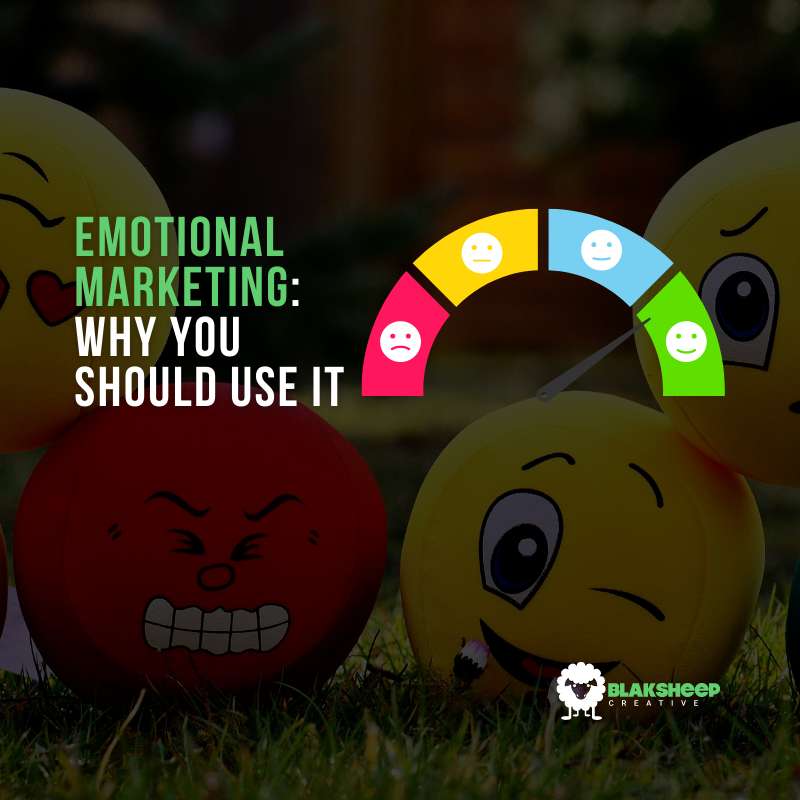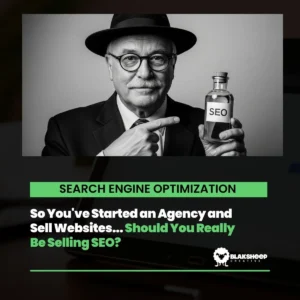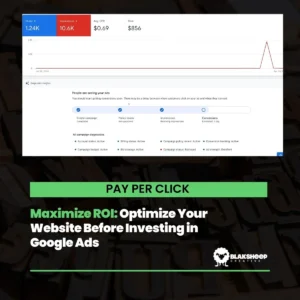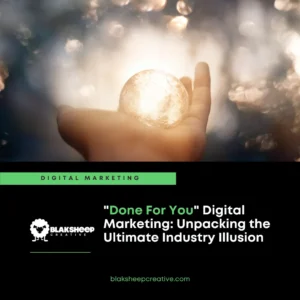Emotional marketing is a term that is being tossed around more and more lately. But what is it? And why should your business be using it?
Keep reading to find out.
What is Emotional Marketing?
Simply put, emotional marketing is the use of emotion to connect with customers. It’s about making an emotional connection with people to get them to buy your product or service.
There are a few different ways to do this. You can create ads that tug at people’s heartstrings, make your website and products more visually appealing, or simply focus on customer service and creating a positive experience for people who interact with your company.
Why Use Emotional Marketing?
There are a few reasons why emotional marketing is so important. Here are just a few:
Emotional Marketing vs. Traditional Marketing
People are more likely to buy from a company they trust and feel connected to.
A study by Netimparitive found that Only 15% of consumers say that brands do a good job of emotionally bonding with them beyond a functional Relationship and that 82% of consumers with high emotional engagement would always buy the brand they are loyal to when making purchasing decisions (compared to 38% of consumers with low emotional engagement)
Emotional marketing can help you stand out from the competition.
People are more likely to remember and talk about emotional ads and experiences.
In a world where there is a lot of noise, it’s more important than ever to find a way to stand out from the crowd. And emotional marketing is one of the best ways to do that.
A study by HBR.org found that Customers who are emotionally connected to a Business are 52% more valuable than highly satisfied customers.
By using emotional marketing, you can create a connection with your customers that will keep them coming back.
It builds trust and loyalty with customers.
When customers feel connected to your company, they are more likely to trust you and be loyal to you.
Why?
Because they know that you care about them and their satisfaction, they know that you are not just out to make a quick buck.
Here’s a tip: Use the Before-After-Bridge framework to win their trust. It works, we promise!
It’s a great way to create brand advocates.
Brand advocates are customers who love your company and products so much that they talk about them to their friends and family.
And emotional marketing is one of the best ways to create brand advocates.
A study by Nielsen found that 92% of people trust recommendations from friends and family over all other forms of advertising.
So, by using emotional marketing, you can create an army of loyal customers who will spread the word about your company and products.
It can increase sales and profits.
Emotional marketing isn’t just about building trust and loyalty with customers. It can also lead to increased sales and profits.
Remember the study by Netimparitive that found that 82% of consumers with high emotional engagement would always buy the brand they are loyal to when making purchasing decisions?
That’s a lot of potential sales.
And emotional marketing doesn’t have to be expensive. You can create an emotional connection with customers using simple things like excellent customer service or attractive visuals.
It creates a sense of belonging.
One of the things that emotional marketing does best is creating a sense of belonging.
When people feel like they belong to a group, they are more likely to trust and connect with that group.
And, when they feel connected to your company, they are more likely to buy from you.
Consider the following example:
A company that makes sports equipment is trying to connect with customers. They could create ads that focus on how their products can help people improve their athletic performance.
Or, they could create ads that focus on the sense of community that comes with being a part of a team.
Which would be more effective?
The second option would be more effective because it would create a sense of belonging for customers. They would feel like they are a part of something larger than themselves, making them more likely to connect with the company and buy their products.
So how do you get started with emotional marketing?
There are a few things you can do to get started. Here are a few tips:
Figure out what your company’s values are.
Your company’s values are the foundation of your emotional marketing strategy. So, it’s crucial to figure out what they are and make sure they are reflected in your marketing.
Some values that you may want to consider include:
- Friendliness
- Trustworthiness
- Sincerity
- Compassion
- Humor

Create an emotional ad campaign.
Advertising campaigns are a great way to create an emotional connection with customers. So, brainstorm some ideas for emotional ads and put them into action.
They don’t have to be cheesy or over the top. Simple things like a heartfelt message or an attractive visual can go a long way.
Some examples of emotional ads include:
- Heartwarming stories
- Evocative images
- Touching videos
- Humorous ads
Focus on customer service.
Customer service is one of the most critical aspects of emotional marketing. Make sure you are providing excellent customer service and exceeding customer expectations. Loyalty is a marketer’s dream come true.
A study by Motista found that Customers who have an emotional relationship with a brand will likely recommend the company at a rate of 71%.
That’s a lot of word-of-mouth marketing!
Plus, it costs less to keep an existing customer than it does to acquire a new one.
So, focus on providing excellent customer service, and you’ll see your sales and profits increase.
More on that later.
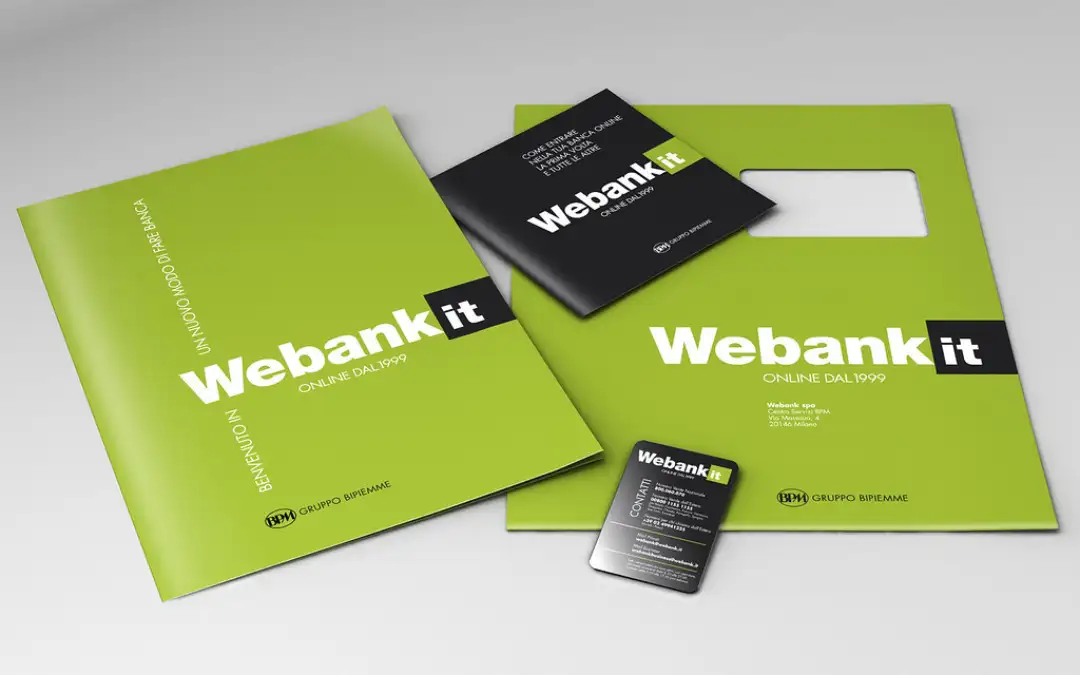
Create a strong brand identity.
Your brand identity is another essential part of emotional marketing. Make sure your brand is recognizable and reflects the values of your company.
Your brand identity should be simple and consistent across all channels. And please, please, please, realize that your brand identity is more than just your logo!
It’s who you are as a company.

Make sure your website is user-friendly.
Your website is the first impression many potential customers will have of your company. So, make sure it’s user-friendly and visually appealing.
Use attractive visuals, easy-to-navigate menus, and clear call-to-action buttons.
Attractive visuals – Your website should be full of attractive visuals that capture the essence of your company and its products. Use photos, videos, and other visuals to help tell your company’s story.
Easy to navigate menus – Your website’s menus should be easy to navigate. Make sure the most critical information is easy to find.
Clear call to action buttons – After tugging at your visitor’s heartstrings, make sure you have a clear call to action to get them to take the next step.

Listen to your customers.
Make sure you are listening to your customers. They are the ones who will help you create the most effective emotional marketing strategy.
So, pay attention to their feedback and use it to improve your marketing efforts.
Their feedback is only one part of the equation, however. You need to use data to back up your decisions.
Measure results and adapt your strategy.
One of the most critical aspects of emotional marketing is measuring results. Make sure you are tracking how your marketing efforts are affecting customer behavior.
Then, use that data to adapt your strategy and make it even more effective.
So how do you know if your emotional marketing strategy is working?
Well, you can track a few key metrics to get an idea.
Some of the metrics you may want to track include:
- increases in brand awareness
- increases in conversions
- increases in website traffic
- increases in social media followers
- increases in newsletter subscribers
- increases in leads
- increases in sale
- You can also track customer satisfaction and loyalty levels.
You can use tools like Google Analytics to track website traffic and social media listening and analytics to track follower growth. Make sure to focus on the metrics that matter, not vanity metrics.
You can also use surveys and focus groups to measure customer satisfaction levels.
And, of course, you can track sales and profits to see how your emotional marketing strategy affects your bottom line.
If you do not see the results you want, don’t be afraid to change things up. Emotional marketing is a fluid process, so you should constantly adapt and evolve your strategy.
Emotional marketing is a powerful tool that can help you boost sales and profits.
But it’s not a one-size-fits-all approach. You need to tailor your strategy to fit your company’s needs and its customers.
Use data to back up your decisions and measure results to ensure that your strategy is effective.
And most importantly, listen to your customers. They are the ones who will help you create the most effective emotional marketing strategy.
So, what are you waiting for? Start using emotional marketing today!
Speaking of data, we never like to shoot from the hip at BlakSheep Creative. We like to use actual data to back up what we say.

Emotional Marketing Stats
Now that you know what emotional marketing is and why you should be using it let’s look at some stats and trends for 2022.
Emotional Content vs. Rational Content
A study by the Institute of Practitioners in Advertising found that Ads with purely emotional content perform twice as well (31% vs. 16%) compare to those with only rational content.
Angry Content
A study by Moz found that Content that elicits anger has a 38% chance of going viral.
Headlines
A study by Outbrain found that Headlines with negative superlatives (“worst” or “never”) have a 30% more Click-through rate than headlines with positive superlatives (“best” or “always”).
Videos
According to Unruly, Videos that elicit strong emotions are 2X more likely to be shared than those that produce a weak emotional response.
Buying Motivation
In the same study, Unruly found that 70% of viewers who experienced an intense emotional response to an ad were very likely to buy the product.
Purchasing Decisions
According to Inc, 95% of purchase decisions are determined by subconscious factors.
So what does this all mean for you?
Simply put, emotional marketing is more effective than rational marketing.
And when it comes to making a purchase decision, subconscious factors are far more important than conscious factors.
This is why using emotional content in your ads and marketing materials is so important.
It can help you tap into those subconscious factors and convince your target audience to buy your product.
Key Takeaways
If you want to increase your conversion rates and create a more persuasive marketing strategy, then it’s time for emotional marketing. You’ve seen the stats; now it’s time to put them into practice!
If you want to learn more about emotional marketing or need help implementing an emotional marketing strategy, contact BlakSheep Creative at info@blaksheepcreative.com. We specialize in helping companies achieve their marketing goals using emotional marketing techniques.
We can help you create an emotional marketing campaign that is tailored to the needs of your company and its customers.
So what are you waiting for? Contact us today!
